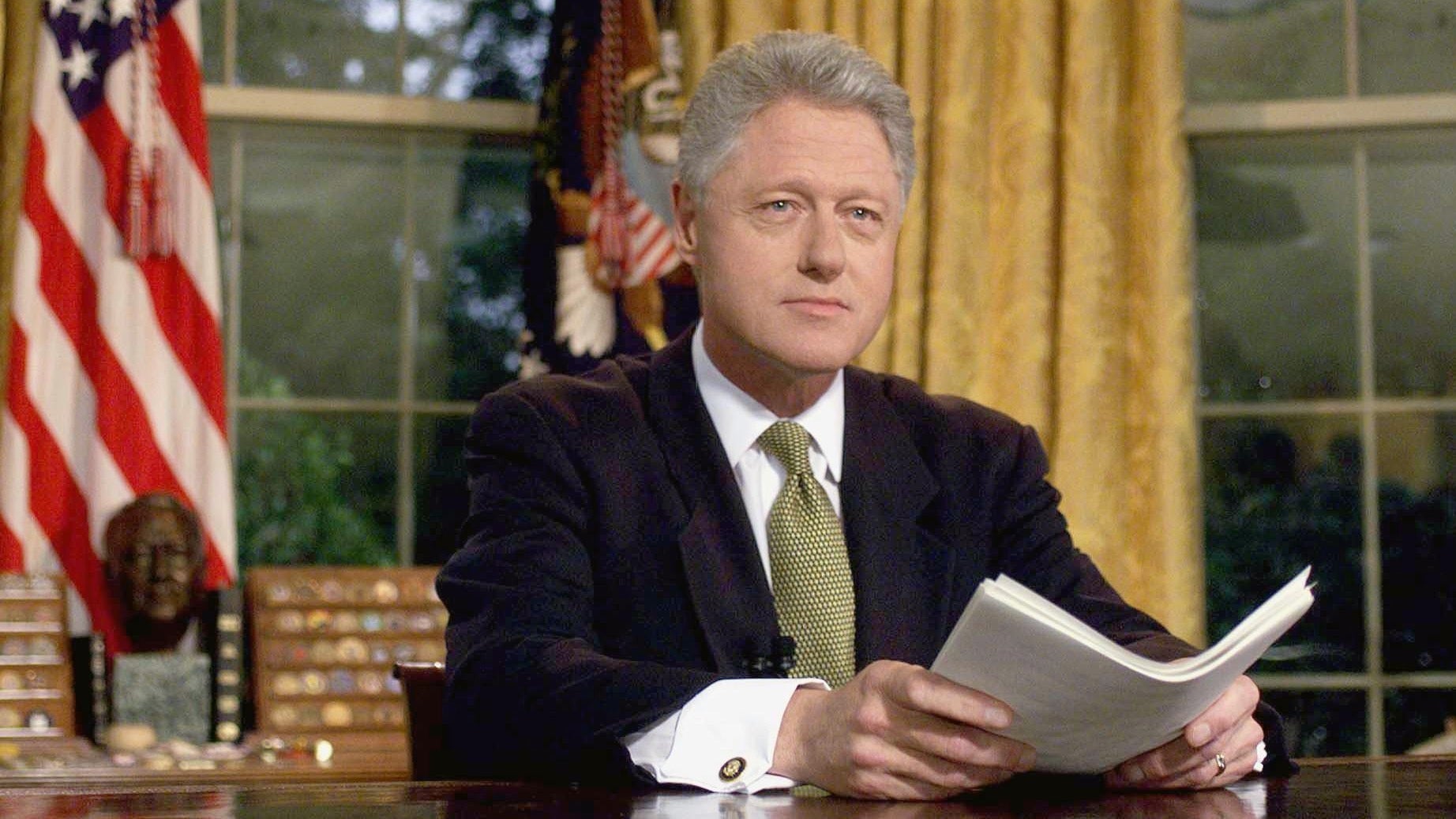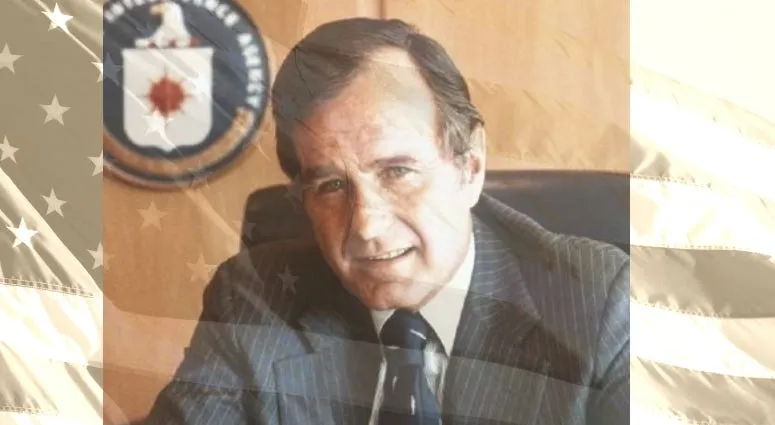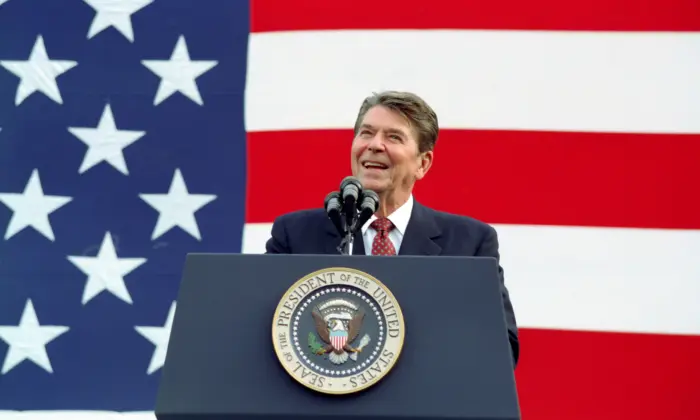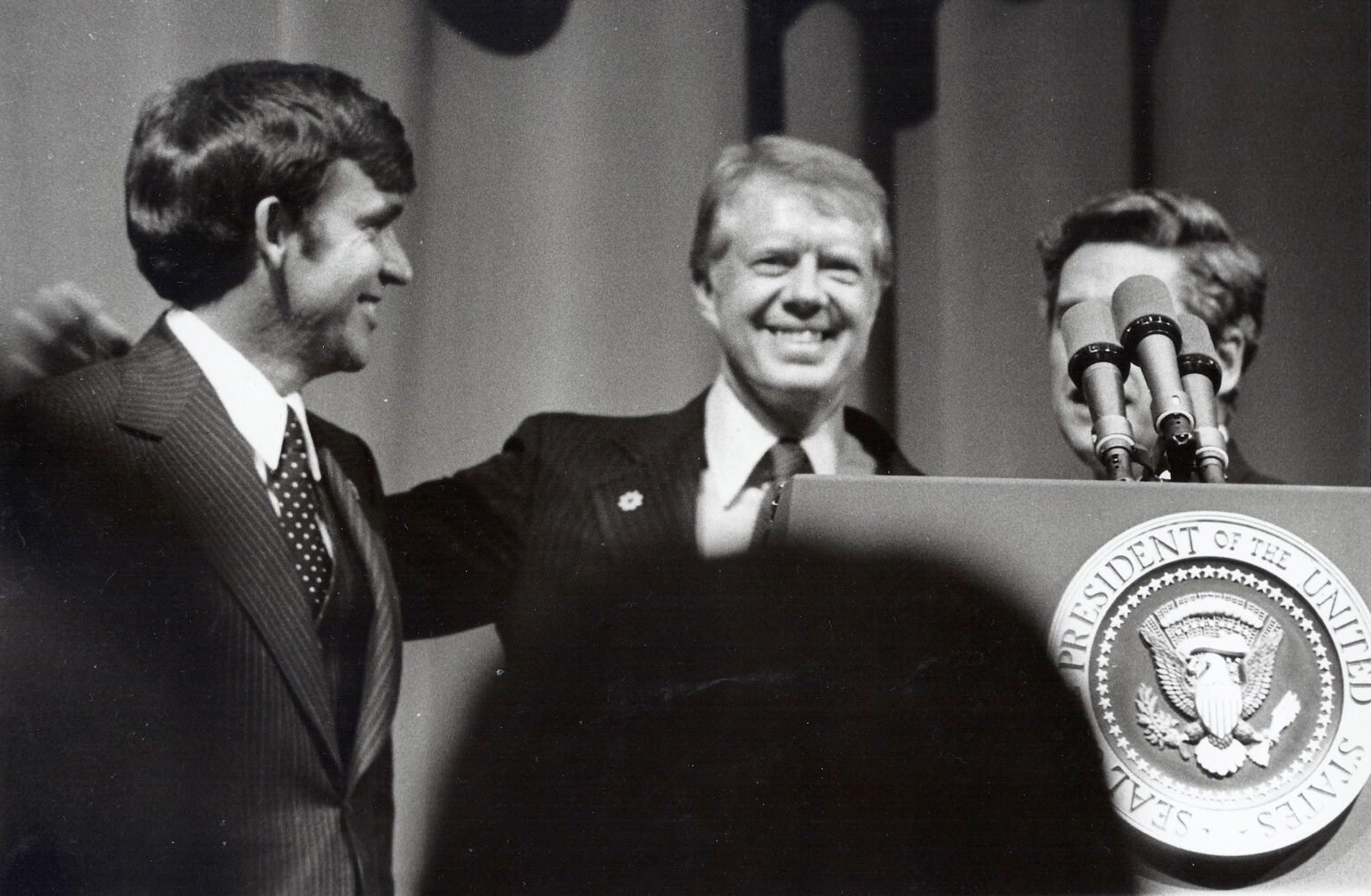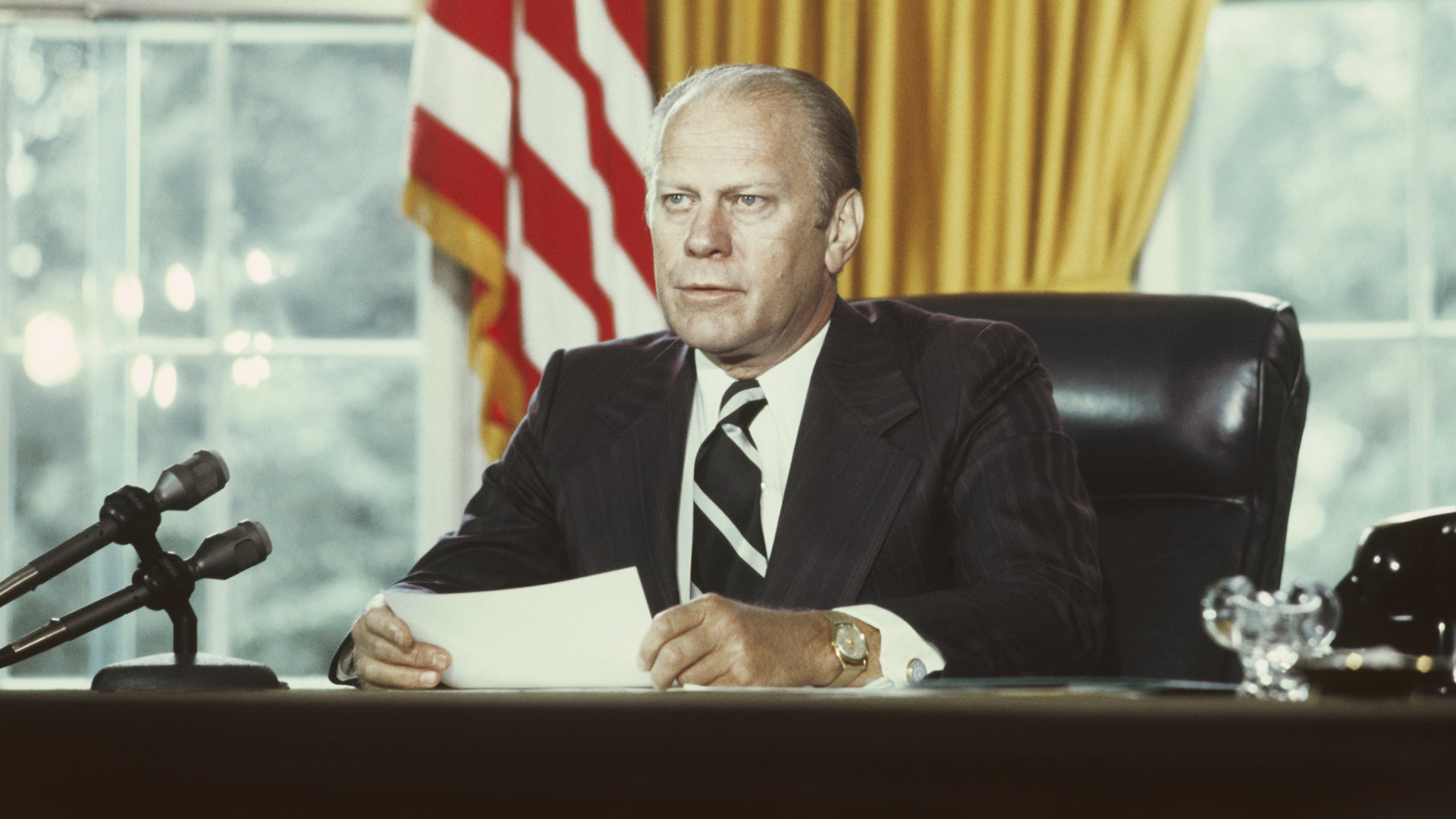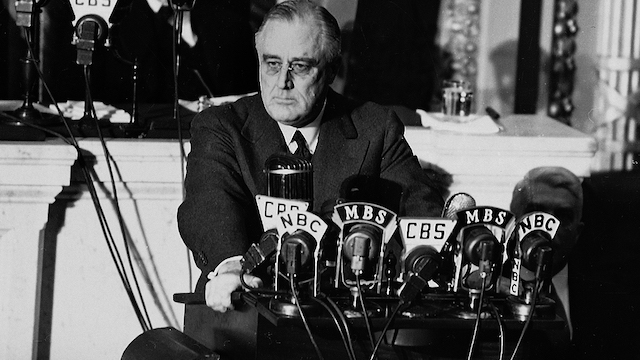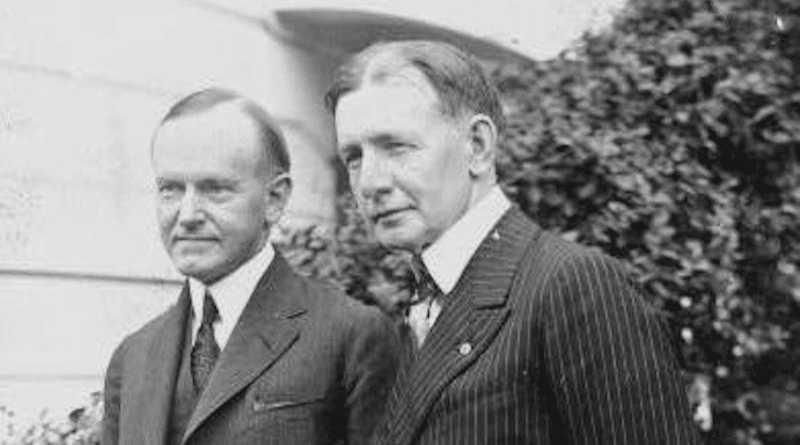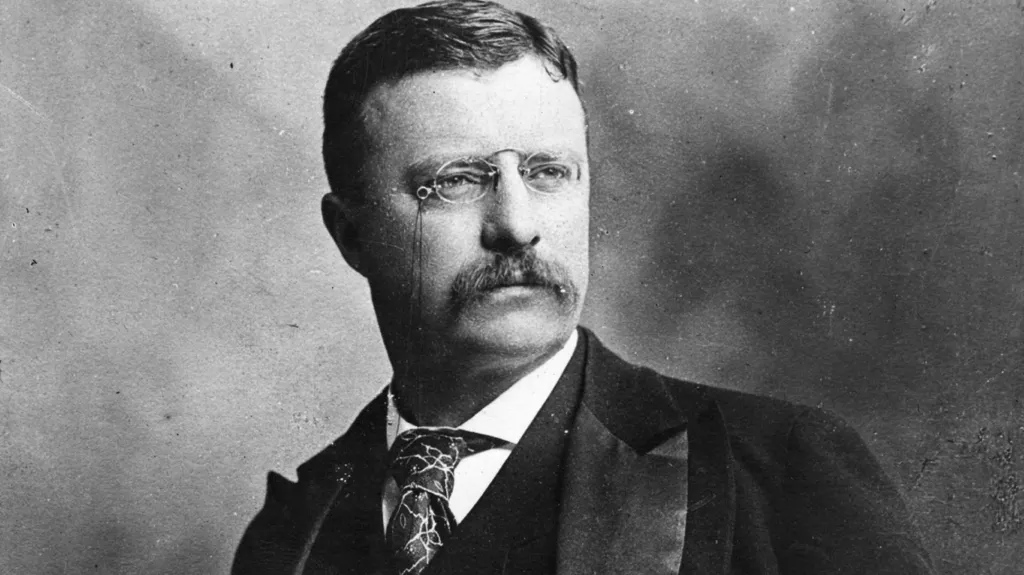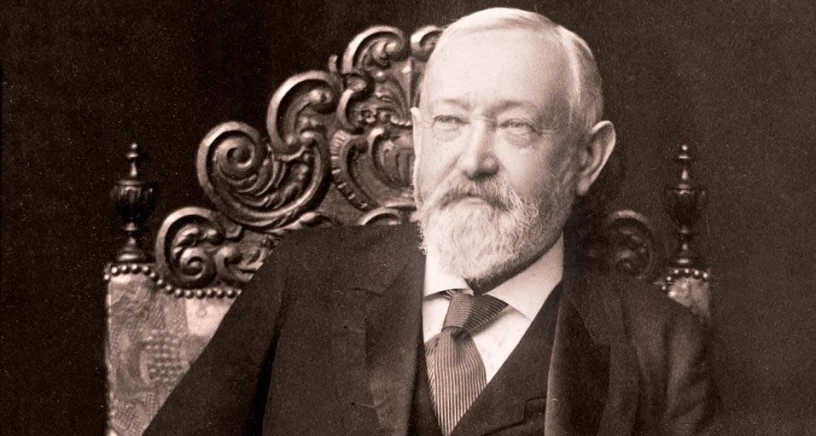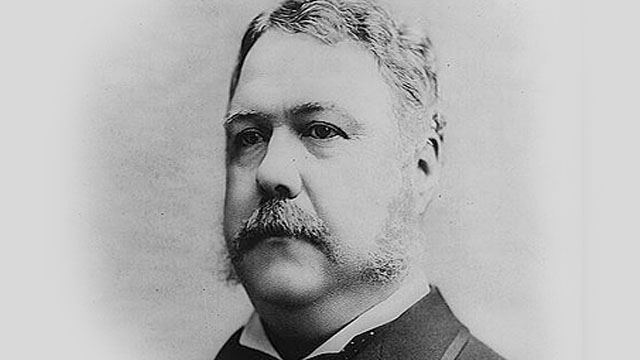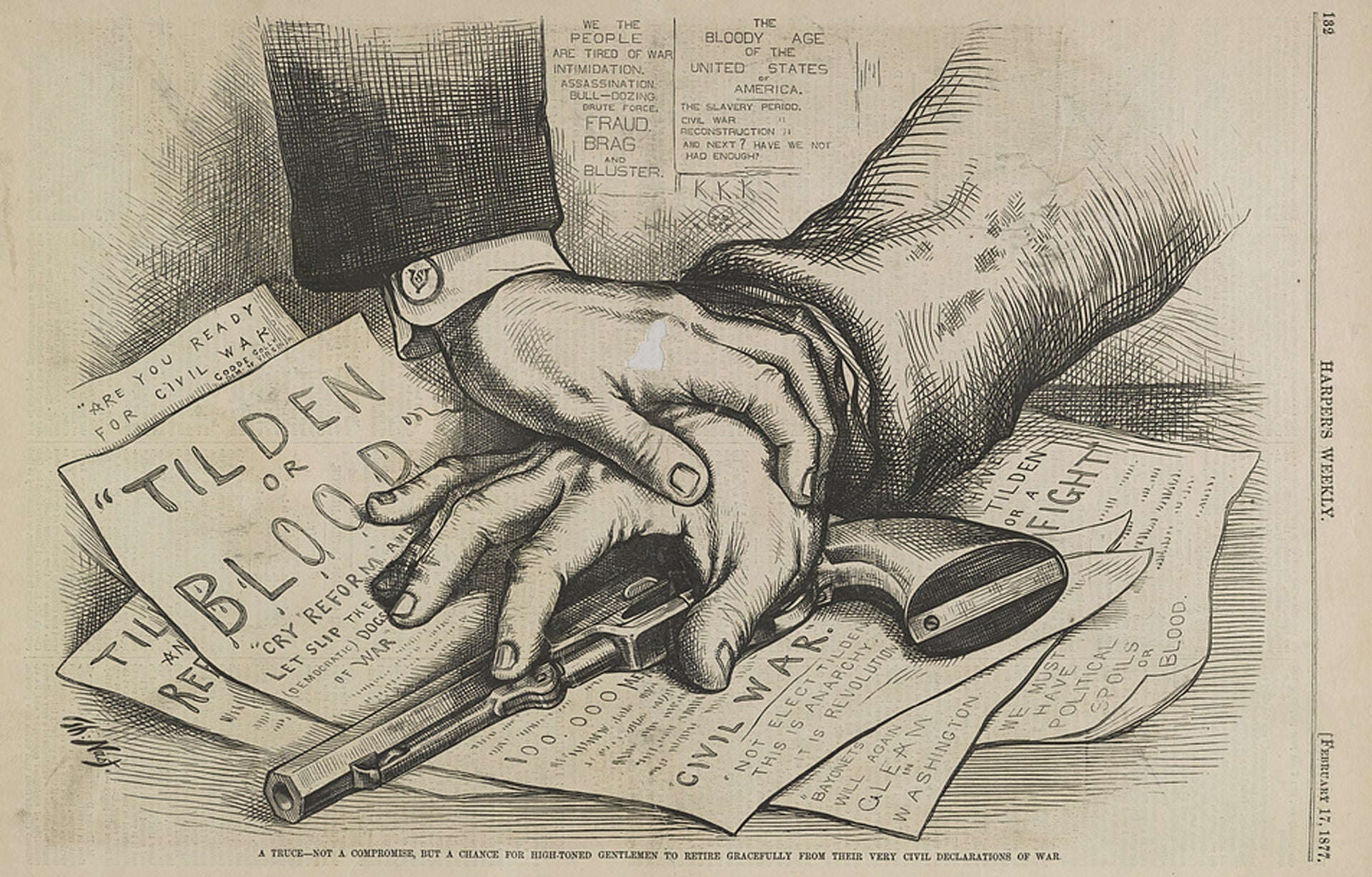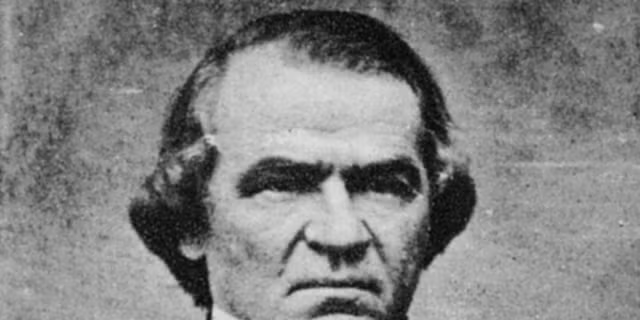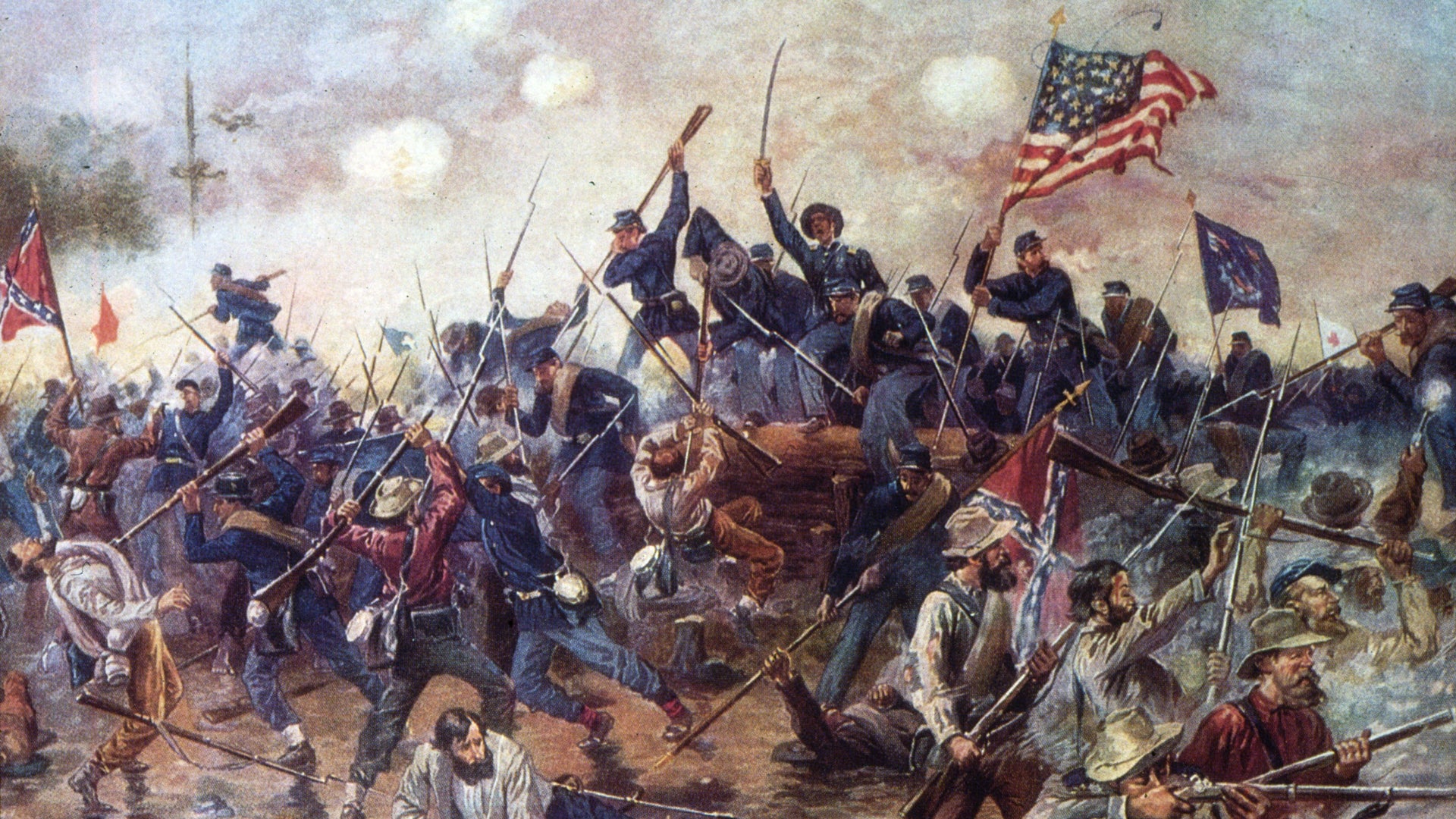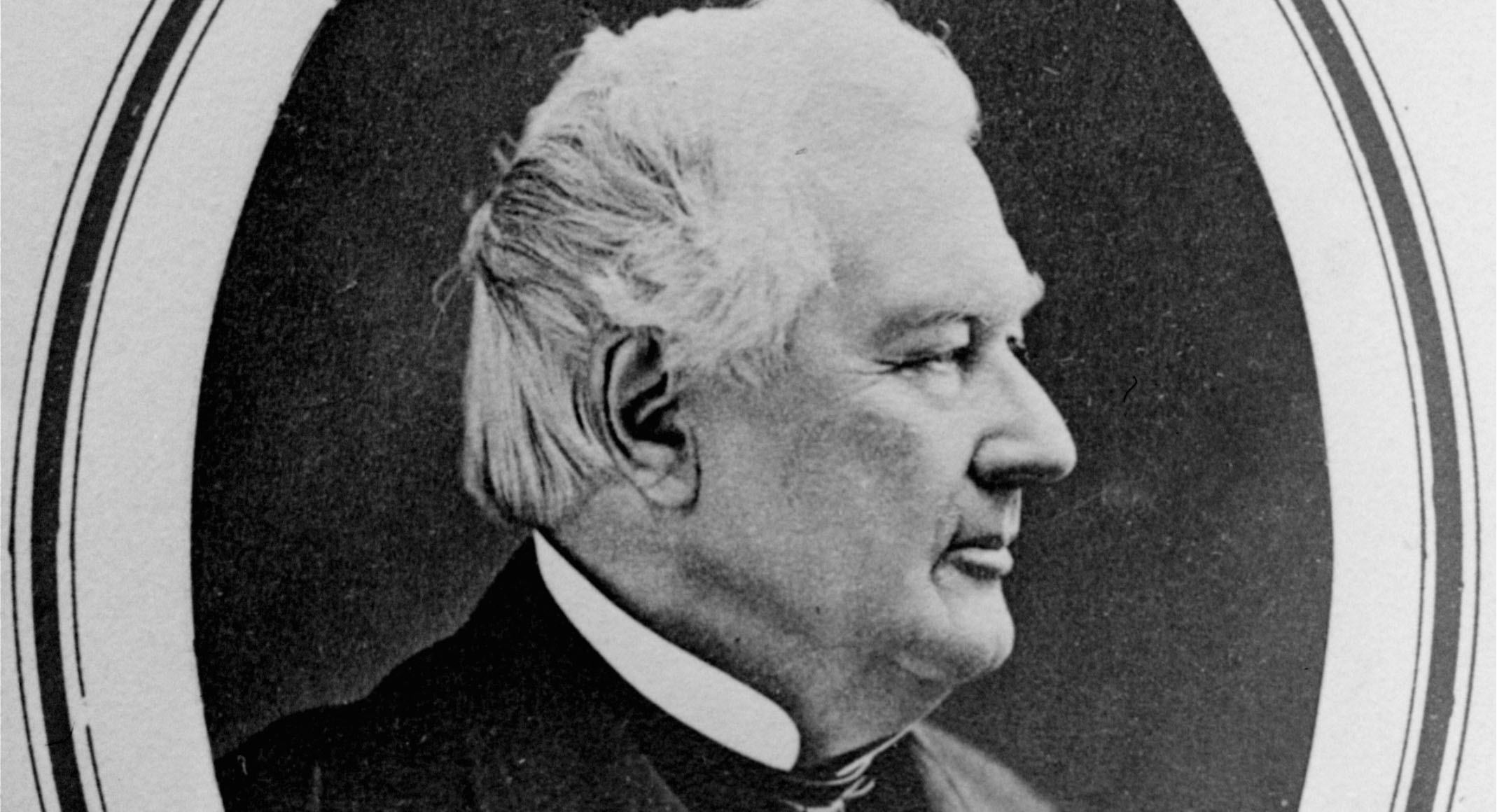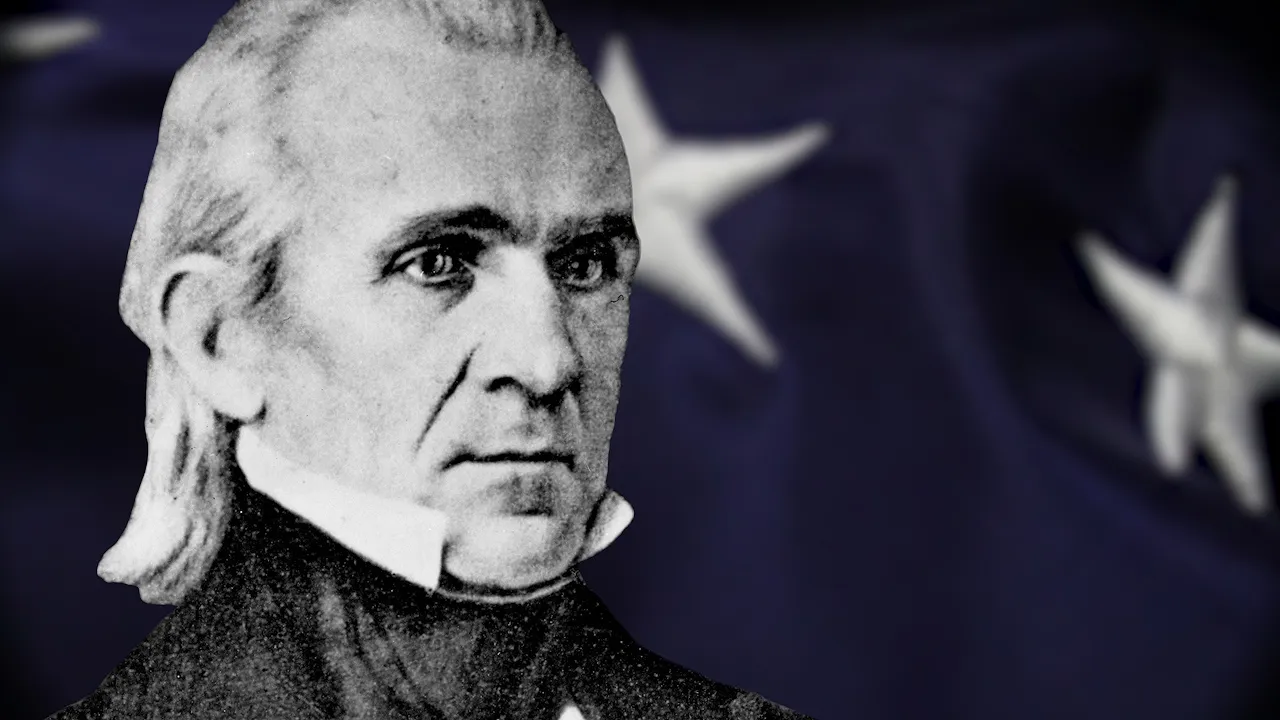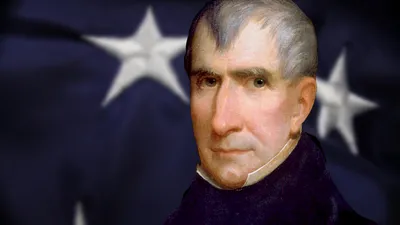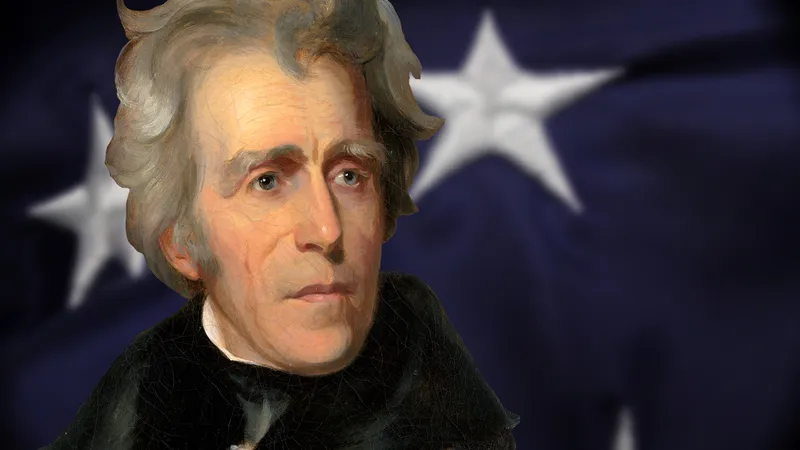marydilip.info – Ankle weights are one of the most versatile and effective tools used to enhance your workout routines. Whether you’re training for strength, endurance, rehabilitation, or flexibility, ankle weights can help increase the intensity of your exercises. They are compact, portable, and relatively inexpensive, making them an accessible option for everyone, from beginners to advanced fitness enthusiasts.
In this in-depth guide, we will explore the many aspects of ankle weights: what they are, how they work, their benefits, how to choose the right pair for your goals, and the best exercises to incorporate them into.
What Are Ankle Weights?
Ankle weights are wearable devices designed to be strapped around your ankles during various exercises to add resistance. They are typically filled with materials like sand, iron, or steel to provide the extra weight and are designed to be adjustable, allowing you to increase or decrease the weight based on your fitness level and goals.
The primary purpose of ankle weights is to add resistance to your lower body during exercises, which helps build strength, increase endurance, and promote muscle growth. They come in different weights, typically ranging from 1 to 10 pounds per leg, with adjustable straps to secure them tightly around your ankles during use.
Ankle weights are commonly used in resistance training, rehabilitation, aerobic exercises, or sports training. They can also be used during activities such as walking, running, cycling, or stretching to intensify the movement and engage muscles that might otherwise be underutilized.
How Do Ankle Weights Work?
The key function of ankle weights is simple: they increase the intensity of your workout by adding resistance to your lower body. When strapped to your ankles, the added weight forces your muscles to work harder during every movement, thus building strength, improving endurance, and stimulating muscle growth. Whether you are walking, jogging, or performing targeted strength exercises, the extra weight forces your body to engage muscles in new ways, leading to greater results over time.
By adding resistance, ankle weights help activate specific muscle groups, increase cardiovascular activity, and challenge your body in ways that traditional bodyweight exercises alone may not. With consistent use, you’ll experience benefits such as increased strength in your glutes, quadriceps, hamstrings, calves, and core muscles. Additionally, the added resistance forces your heart and lungs to work harder, which can lead to enhanced aerobic capacity.
Benefits of Using Ankle Weights
Ankle weights provide numerous benefits across a wide range of fitness goals. Let’s take a closer look at how they can improve your training.
1. Increased Strength and Muscle Tone
The primary benefit of ankle weights is that they can help build muscle strength. By adding resistance to exercises like leg raises, squats, and lunges, ankle weights make your muscles work harder. Over time, this leads to greater muscle hypertrophy (growth) and improved muscle tone, particularly in the legs, glutes, and hips.
2. Improved Endurance
Ankle weights are excellent for improving endurance, especially when used during cardio exercises such as walking, jogging, or cycling. The added weight forces your body to work harder over longer periods of time, leading to improved cardiovascular endurance. This makes them a valuable tool for runners or athletes looking to increase their stamina.
3. Enhanced Calorie Burn
Adding ankle weights to your workout forces your body to exert more effort, which increases the overall intensity of your routine. As a result, you’ll burn more calories during exercises like walking or running, helping to support fat loss and promote lean muscle development.
4. Targeted Muscle Activation
Certain exercises target specific muscle groups, and ankle weights can help improve the engagement of those muscles. For example, using ankle weights during leg lifts or donkey kicks places more emphasis on the glutes, quads, and hamstrings. The added resistance ensures that the targeted muscles are activated and challenged, helping you achieve better results from your exercises.
5. Better Balance and Stability
Wearing ankle weights while performing exercises challenges your balance and stability, forcing your body to engage your core and smaller stabilizer muscles. Over time, this improves your balance, coordination, and overall posture, which are all critical for maintaining functional movement.
6. Rehabilitation and Recovery
Ankle weights can be an essential part of rehabilitation programs. They are often used in physical therapy to help patients recover from injuries or surgeries. The gradual increase in weight helps patients regain strength, mobility, and flexibility while protecting joints and tissues during the healing process.
7. Portability and Convenience
One of the biggest advantages of ankle weights is their portability. Unlike other gym equipment, ankle weights are lightweight, compact, and easy to transport. This makes them a great option for home workouts, travel, or anyone who wants to add some extra resistance without needing bulky equipment. They can also be easily stored in a drawer or bag when not in use.
8. Versatility
Ankle weights are incredibly versatile and can be used for a wide variety of exercises, from aerobic routines to strength training. You can wear them while walking, running, doing bodyweight exercises, cycling, or even stretching. Their versatility makes them a valuable addition to almost any workout program.
How to Choose the Right Pair of Ankle Weights
When shopping for ankle weights, it’s essential to choose a pair that suits your goals, fitness level, and preferences. Here are some key factors to consider when selecting ankle weights:
1. Weight
Ankle weights come in a range of weights, typically from 1 to 10 pounds per leg. If you’re new to using ankle weights or resistance training in general, it’s a good idea to start with lighter weights (around 1-3 pounds) and gradually increase the load as you build strength and endurance. If you are looking to build significant strength or muscle mass, you may want to go for heavier weights (5-10 pounds).
2. Adjustable or Fixed Weight
Some ankle weights come with adjustable weights, allowing you to increase or decrease the weight depending on your workout. Others have a fixed weight. Adjustable ankle weights are more versatile, as they allow you to tailor the resistance for different exercises and levels of intensity.
3. Comfort and Fit
Ankle weights should fit securely around your ankles without being too tight or too loose. Look for ankle weights with adjustable straps that can be tightened or loosened for a snug fit. Additionally, padded ankle weights tend to be more comfortable and can prevent chafing or discomfort during use.
4. Material and Durability
The material of the ankle weights is essential for both comfort and durability. Look for ankle weights made from high-quality fabrics that are breathable and moisture-wicking to prevent discomfort during exercise. The weight itself is usually made from sand, iron, or steel, which are durable and provide sufficient resistance.
5. Ease of Use
Ensure that the ankle weights you choose are easy to put on and take off, as well as comfortable to wear during your workout. Weights with Velcro straps are typically easier to adjust and secure than those with buckles or ties.
Best Exercises to Do with Ankle Weights
Ankle weights can be incorporated into a variety of exercises, from cardio routines to strength training exercises. Here are some of the best exercises to perform while wearing ankle weights:
1. Walking and Running
Wearing ankle weights during a walk or run increases the resistance and intensity, allowing you to challenge your muscles more and improve both strength and cardiovascular endurance. Start with lighter ankle weights to avoid too much strain on your joints, and gradually increase the weight as your fitness improves.
2. Leg Raises
Leg raises are a fantastic lower body exercise that targets the abs, glutes, and hip flexors. Adding ankle weights to leg raises increases the challenge, engaging the muscles more intensely. You can perform leg raises lying flat on your back, standing, or in a seated position.
3. Lunges
Lunges are a great lower body exercise that works your quads, hamstrings, and glutes. Adding ankle weights while performing lunges increases the difficulty and further engages the muscles of your lower body.
4. Donkey Kicks
Donkey kicks are excellent for targeting the glutes and hamstrings. Strapping ankle weights on while performing donkey kicks intensifies the movement, leading to better activation of your glute muscles and increased strength.
5. Squats
Squats are a fundamental exercise for building leg strength and muscle. When done with ankle weights, squats become even more challenging, placing greater resistance on the legs, glutes, and lower back. This variation will help you increase strength and muscle mass in your lower body.
6. Side Leg Raises
Side leg raises target your hip abductors, glutes, and thighs. Wearing ankle weights will make the movement more difficult, helping you build stronger hip muscles and improve balance and stability.
7. Cycling
If you enjoy cycling, you can incorporate ankle weights for additional resistance. The added weight will increase the intensity of your cycling workout, making your leg muscles work harder and helping you build strength and endurance in your quads and hamstrings.
8. Calf Raises
Calf raises work your calf muscles and ankles. When done with ankle weights, they increase the load placed on the calves, improving strength and tone. This can help improve athletic performance, prevent injuries, and promote overall lower body strength.
Conclusion
Ankle weights are a simple yet highly effective piece of fitness equipment that can help enhance your workouts in many ways. Whether you’re looking to increase muscle strength, boost endurance, or add resistance to your cardio routine, ankle weights are a great tool to help you achieve your goals.
By adding extra resistance to your workouts, ankle weights challenge your muscles and increase the intensity of your exercises, promoting muscle growth, strength, and overall fitness. With the right pair of ankle weights and the proper exercises, you can take your workouts to the next level and enjoy the benefits of improved performance and muscle tone.








